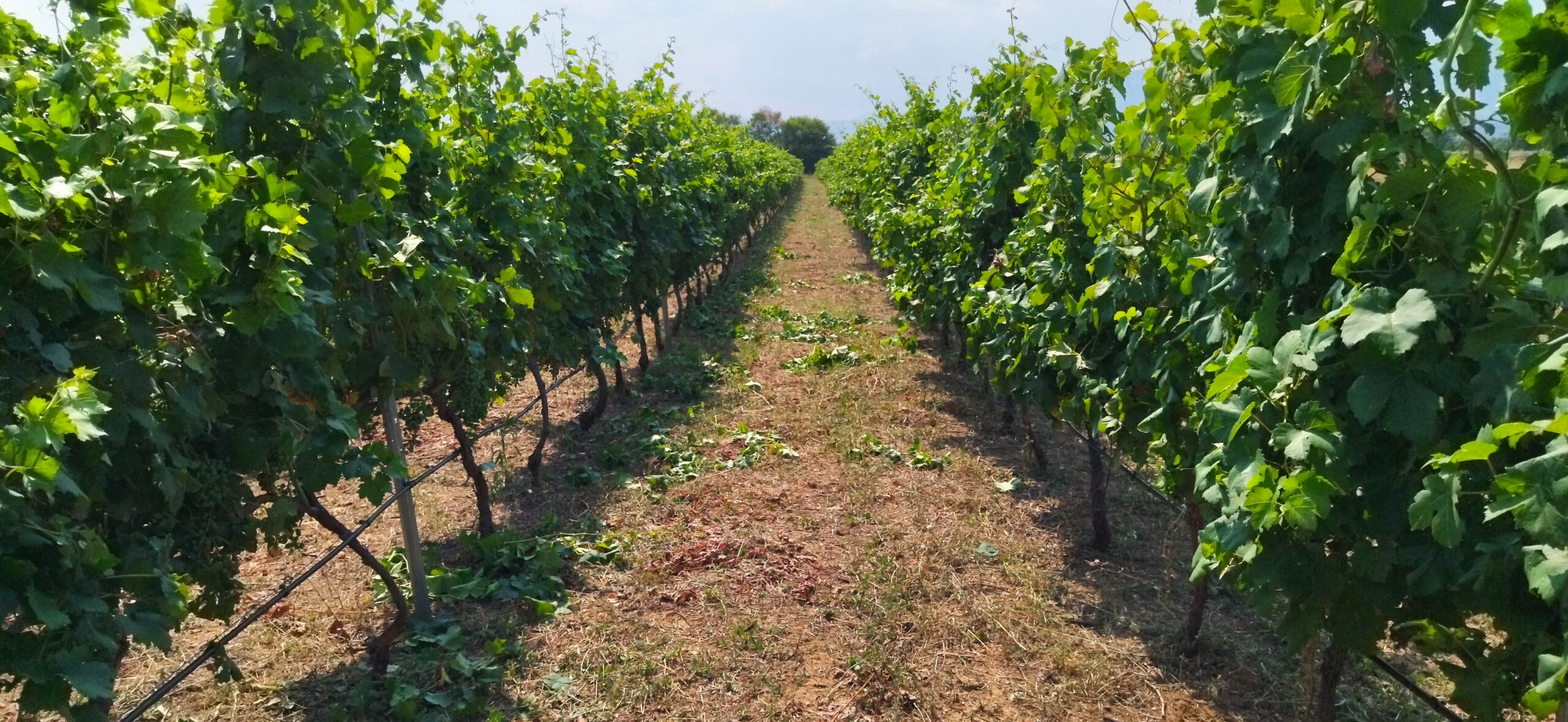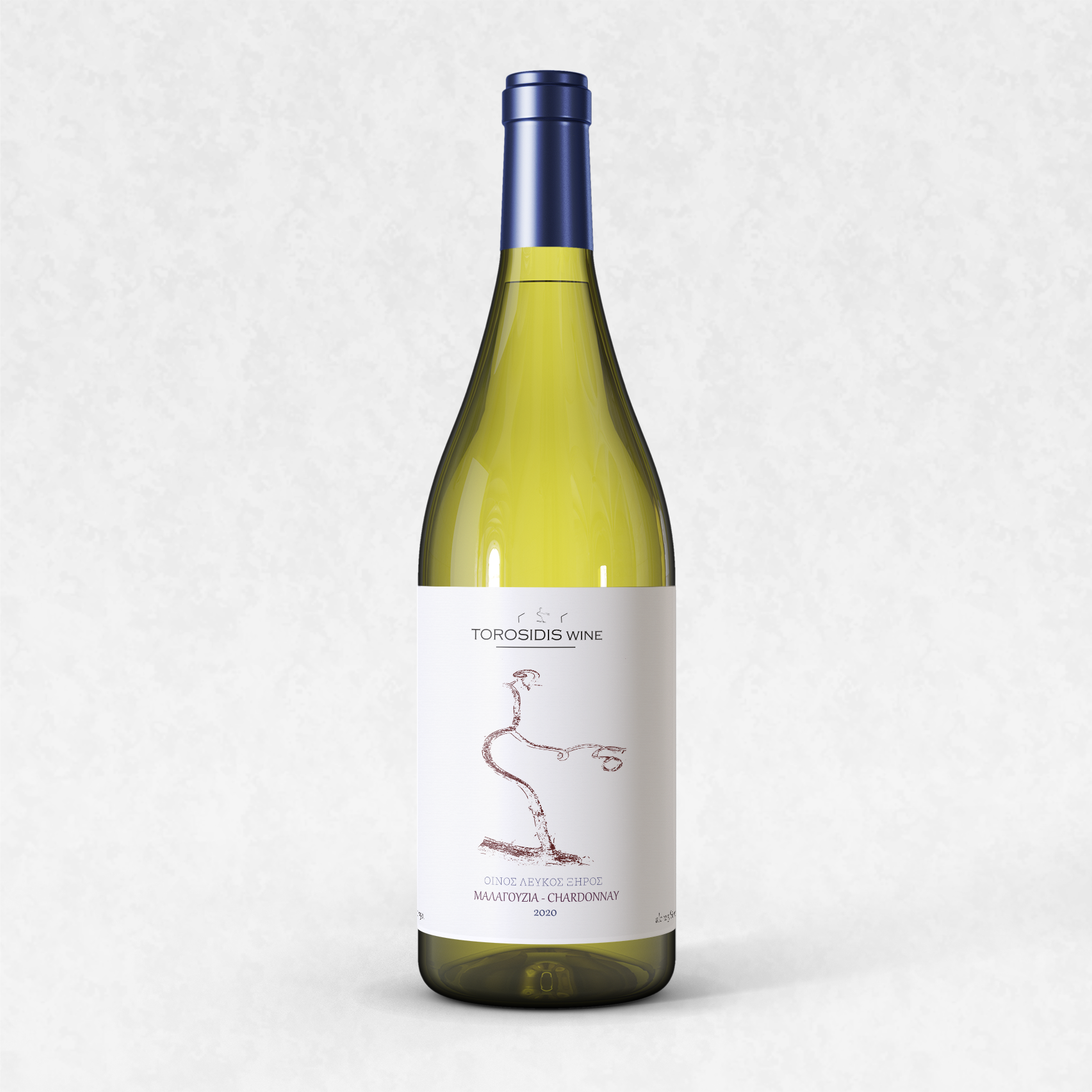
Potassium is an essential element for all living organisms. Four categories of physiological – biochemical processes in plants stand out for which the importance of potassium is recognized.
- Activation of enzymes (Leigh and Wyn Jones 1984, Walker et al. 1998).
- The processes of transport and movement of nutrients across cell membranes (Salisbury and Ross 1992, p. 157, Patrick et al. 2001).
- The neutralization of anions necessary to maintain membrane potential (Maathuis and Sanders 1996, Leigh 2001).
- And the regulation of osmotic potential necessary to maintain water relationships in plants (Davies and Zhang 1991), maintain turgidity and increase
Although some other cations can replace potassium in some of the above functions, the action of potassium is particularly important as the membranes of plant cells exhibit high permeability to it, and at the same time it is one of the most prevalent cations in plant tissues.
The uptake of potassium by plant roots is determined by its availability in the soil and by the growth and distribution of the root system. These factors are influenced by the physical (mechanical composition, moisture, permeability and depth) and chemical (pH, composition) properties of the soil.
The potassium present in the soil is not all available for plants. It is found in four forms, which in order of availability are the following:
- Content in soil solution
- The interchangeable
- The reserved (non-fungible)
- The content in minerals (Sparks and Huang 1985, Sparks 1987).
The potassium present in the soil is not all available for plants. It is found in four forms, which in order of availability are the following:
- Content in soil solution
- The interchangeable
- The reserved (non-fungible)
- The content in minerals (Sparks and Huang 1985, Sparks 1987).
These forms of potassium in soil are in dynamic equilibrium. The rate of potassium uptake by plant roots and soil characteristics such as mineralogical composition (type and quantity of soil minerals, time effect on them and size of soil fractions), moisture, pH and structure determine the form of potassium prevailing in the soil (Sparks and Huang 1985, Northcote 1992, Horra et al. 2000, Zeng and Brown 2000).
Potassium intake may be affected by the presence of other cations. At high concentrations of other cations potassium intake may be reduced. For example, in saline soils where Na is the predominant cation there is the possibility of potassium deficiency (Chow 1990).
In conditions of low external potassium concentration its intake is specific, when at higher external concentrations (>0.5 mmol / L) cations can competitively limit potassium intake (Epstein et al. 1963).
Additional excess Na and Cl in saline soils disrupt the ionic balance by affecting the selectivity of cell membranes at roots (Bohra and Dorffling, 1993).
Thus, the concentration of potassium ions in the soil solution relative to the concentration of the remaining ions determines the amount of potassium to be taken up by plants.
In correspondence with other growing tissues and hoarding organs, rails are an important reservoir of potassium. Potassium is the predominant cation in mature rails.
The potassium content of the berries generally increases during the growing season (Conradie 1981, Possner and Kliewer 1985, Doneche and Chardonnet 1992, Boselli et al. 1995, Rogiers et al. 2001), showing a sharp increase at the beginning of ripening (Ollat and Gaudillere 1996).
Factors such as variety, load, climate and cultivation practices that affect rail growth rate and/or accumulation rate are expected to determine the final concentration of potassium on the rails.
The soil, the microclimate and the applied cultivation practices affect the final concentration of potassium in the rails exerting an influence on the uptake by the roots, its movement from the roots to the vines and vice versa, its quantity in the hoarding tissues, the number of rails, and the growth rates in relation to the vigorousness of the vines.
The interaction of these factors with each other makes it difficult to regulate the concentration of potassium in the rails to the desired levels.
Potassium is necessary for the growth and productivity of the vine. However, the high concentrations of potassium accumulated in the rails, especially during the ripening period, are likely to have a negative effect on the quality of the produced wine as it causes a decrease in free tartaric acid resulting in an increase in the PH of juice, must and wine.
Thus, it becomes necessary to add tartaric acid during vinification in order to adjust the pH to the desired levels. However, again the high concentration of potassium can also lead to high losses of added tartaric acid due to precipitation in the form of tartars. Thus, the case of pH regulation during winemaking becomes difficult and cost-demanding.
By ensuring that the potassium concentration in the rail is at normal levels, we achieve the reduction of input costs during winemaking and waste management costs in the winery.
Grape juice with a high pH often results in the must and wine produced being more susceptible to oxidation and microbiological attacks, while the wine has a high PH, low acidity and flat taste (Somers 1977).
High pH can also negatively affect the quality of colour in red wines. The degree of ionization of anthocyanins, which indicates the percentage of all anthocyanins found in colored forms, decreases as the pH increases (Somers 1975).
Anthocyanins are found in the bark of the rail (Somers and Pocock 1986), where potassium concentration is generally higher (Iland and Coombe 1988, Walkeret al. 1998). Thus, the concentration of potassium in the rails concerns us more often in red vinification, as during red vinification we have the must with the marc for a sufficient time to extract the pigments at the desired level. However, during the prolonged stay of must and marc, a greater amount of potassium is extracted.
Among rail tissues, the concentration of potassium per unit fresh weight is higher in the peel than in the flesh (Coombe 1987, Iland and Coombe 1988, Walker et al. 1998). The concentration of potassium in the seeds is lower than that of the bark, but it is slightly higher than the concentration in the flesh (Walker et al. 1998).
The degree of differentiation in potassium concentration between rail tissues varies depending on the cultivated variety and the rootstock/inoculum combination used.
Experimental data from five varieties evaluated self-rooted and in combination with the rootstock Ramsey showed that the concentration of potassium in the bark is 1.7-6.9 times that of the flesh and 1.6-4.3 times that of the seeds.
These differences between the rail tissues can be explained in the different structure of the cells. Compared to flesh, cortical cells are smaller, with thicker walls and more cytoplasm (Harris et al. 1968, Considine and Knox 1979, Nii and Coombe 1983). The concentration of potassium in the cytoplasm is 5 to 10 times greater than in succulents (Flowers and uchli 1983).
At the flesh level, potassium concentration is lowest in the peripheral zone, while it increases towards the tissues of the center (Coombe 1987).
The concentration of potassium in the permanent parts of the plant (roots, trunk, vines) can occur throughout the growing season, including the period following harvest. Potassium can be moved to meet the needs of shoots, leaves and grapes when uptake from the soil is insufficient.
During their growth, the rails are the strongest point of potassium accumulation, especially during the period between veraison and ripening. This may be due to the high needs of the rails during the period of rapid cell growth.
At harvest, grapes contain 60% or more of the total potassium content corresponding to the aboveground part of the plant (Conradie 1981, Smart et al. 1985a, Williams et al. 1987).
Experimental data have shown that between veraison and maturation the potassium content of grapes increases and that the potassium levels accumulated are greater than the amount ingested by the vine (Conradie 1981). At the same time the potassium content in the trunk, roots, clematis and leaves decreases (Conradie 1981).
This difference indicates that a significant amount of potassium accumulated on the rails is carried by other organs of the plant.
On the contrary, it was found that in plants with high potassium content, no movement between organs was found in the period preceding the harvest (Levy et al. 1972).
The movement of potassium from the other organs to the rails seems to depend on its availability in the soil, on its uptake capacity by the root system and on the required speed of its movement from the vines to the rails in order to meet their potassium needs.
Information on the distribution of potassium in rail parts is useful for the development of methods during vinification that will help reduce the negative impact on wine quality from high concentrations of potassium.
At the same time, they contribute to the understanding of the mechanisms of control of the origin, distribution and accumulation of potassium in the rail.
Source : A review of potassium nutrition in grapevines with special emphasis on berry accumulation. Mpelasoka, Schachtman,Treeby & Thomas ,2003. Australian Journal of Grape and Wine Research 9, 154–168.
Our Wines
Shop

Related Articles
Related
Κριτήρια προτεραιότητας για τη χορήγηση αδειών φύτευσης αμπελιού
Προκειμένου να χορηγηθούν οι άδειες νέας φύτευσης εφαρμόζονται κριτήρια προτεραιότητας όπως αυτά έχουν επιλεγεί για την κάθε περιφέρεια κάθε αγροτεμάχιο λαμβάνει βαθμολογία στο κάθε κριτήριο με βάση τον συντελεστή βαρύτητας W και τον συντελεστή συμμόρφωσης Pt. Η...
Αιτήσεις για άδειες φύτευσης αμπελιού για το 2024
Οι ενδιαφερόμενοι για την απόκτηση αδειών νέας φύτευσης οινοποιήσιμων ποικιλιών αμπέλου, υποβάλουν ηλεκτρονικά, μέσω της Ψηφιακής Υπηρεσίας Υποβολής Αιτήσεων Αδειών Νέων Φυτεύσεων της ιστοσελίδας του ΥΠ.Α.Α.Τ, αίτηση- υπεύθυνη δήλωση από την 1 Σεπτεμβρίου μέχρι και...
Until 20 November 2023, applications for the restructuring and conversion of vineyards of the 2023-2024 wine year.
The period of application of the intervention for restructuring and conversion of wine-growing areas in our country concerns the wine year 2023-2024.The intervention shall cover one or more of the following actions: (a) varietal conversion of vineyards, including...
